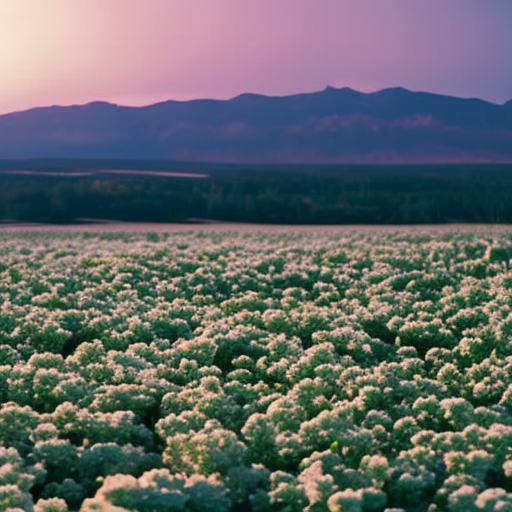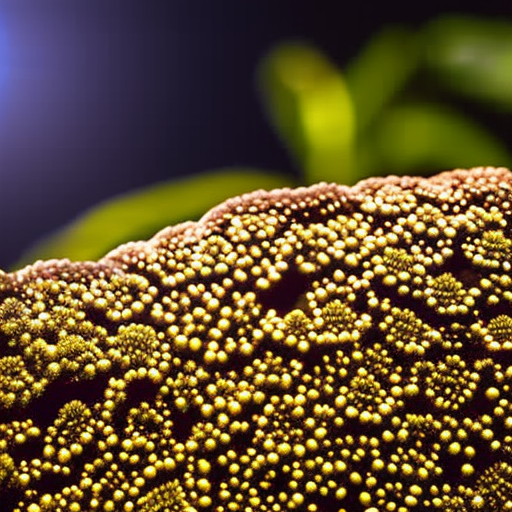Summary:
Population ecology is a branch of ecology that focuses on the study of populations of organisms and their interactions with the environment. It examines factors such as population size, density, distribution, growth, and dynamics. Population ecologists use various methods and models to understand how populations change over time and how they are influenced by factors such as birth rates, death rates, immigration, and emigration. By studying population ecology, scientists can gain insights into the dynamics of ecosystems and make predictions about the future of species and communities.
Population Size and Density:
Population size refers to the total number of individuals of a species in a particular area, while population density is the number of individuals per unit area. These measures are important for understanding the interactions between individuals and their environment. Population size and density can be influenced by factors such as birth rates, death rates, immigration, and emigration. By studying these factors, population ecologists can determine whether a population is growing, stable, or declining.
Population Distribution:
Population distribution refers to how individuals are spatially arranged within a population. It can be clumped, random, or uniform. Clumped distribution occurs when individuals are clustered together in certain areas, often due to the availability of resources. Random distribution occurs when individuals are scattered randomly throughout an area. Uniform distribution occurs when individuals are evenly spaced, often due to territoriality or competition for resources. Understanding population distribution can provide insights into the social structure and behavior of organisms.
Population Growth:
Population growth refers to the change in population size over time. It is influenced by birth rates, death rates, immigration, and emigration. Population growth can be described by exponential growth or logistic growth. Exponential growth occurs when a population increases at a constant rate, resulting in a J-shaped curve. Logistic growth occurs when a population initially grows exponentially but then levels off as it reaches the carrying capacity of its environment, resulting in an S-shaped curve. Understanding population growth patterns is crucial for predicting how populations will change in the future and for managing natural resources.
Population Dynamics:
Population dynamics refers to the changes in population size and composition over time. It involves studying factors such as birth rates, death rates, age structure, and sex ratio. Age structure refers to the distribution of individuals in different age groups within a population, while sex ratio refers to the proportion of males to females. These factors can influence population growth, as well as the vulnerability of a population to environmental changes or disturbances.
Population Interactions:
Populations do not exist in isolation but interact with other populations and their environment. These interactions can be classified as intraspecific or interspecific. Intraspecific interactions occur between individuals of the same species, such as competition for resources or cooperation in raising offspring. Interspecific interactions occur between individuals of different species, such as predation, mutualism, or competition for resources. Understanding these interactions is essential for understanding the structure and dynamics of communities and ecosystems.
Applications of Population Ecology:
Population ecology has practical applications in various fields, including conservation biology, wildlife management, and human population studies. By studying population dynamics and interactions, scientists can develop strategies for conserving endangered species, managing wildlife populations, and understanding the impacts of human activities on ecosystems. Population ecology also provides insights into human population growth, resource consumption, and sustainability, which are crucial for addressing global challenges such as climate change and food security.
In conclusion, population ecology is a branch of ecology that focuses on the study of populations of organisms and their interactions with the environment. It examines factors such as population size, density, distribution, growth, and dynamics. By understanding these factors, population ecologists can gain insights into the dynamics of ecosystems, make predictions about the future of species and communities, and develop strategies for conservation and management.












